The blue sky, the white walls of ice, and some beautiful scenery, at this time, if you have prepared a helmet, a pair of polarizers, ice axes, crampons, and safety ropes, climb the ice, toward the summit, toward hope, it is definitely Incomparable feelings.
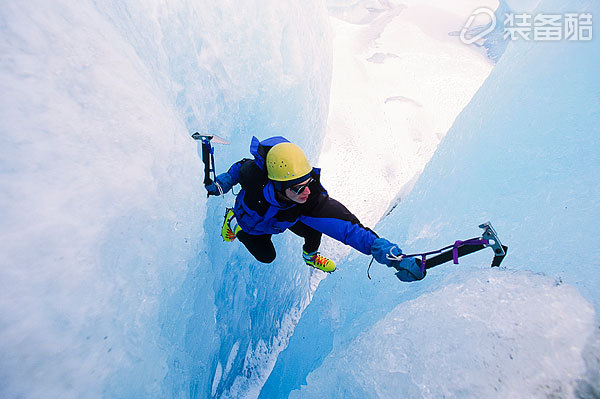
As a challenge to nature's outdoor extreme sports, climbing ice always gives people an unparalleled level of excitement and sense of achievement as they continue to conquer new heights. No wonder some people say that climbing ice is "poisonous," and it is difficult to get rid of it once it is dyed. This winter, you want to fight ice in snow bucket, dance on the ice wall! Come, Xiao Bian with you!
|| Sports Introduction
Since ice climbing is derived from rock climbing, ice climbers must use hand climbing tools and crampons to learn how to use what might be ensured and what might not be a solid guard, and the objects they climb are always changing. Compared with rock climbing, climbing ice is more thrilling, and outdoor “mad men†who dare to challenge the limits are not afraid, and anti-heroes are “waltz on the iceâ€.
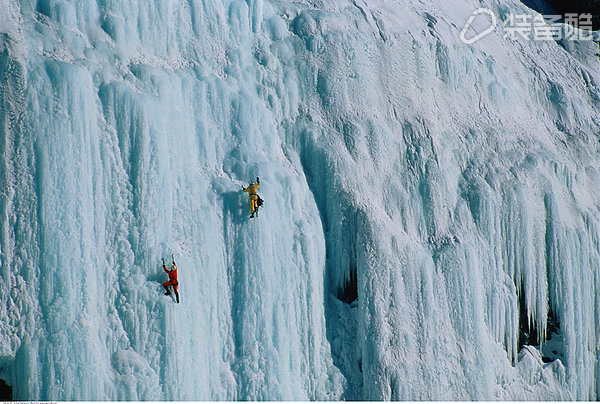
||Climbing equipment
Hail: The main tool to support the body during ice climbing needs to be used in pairs. One has a hammer at the back, the other has a shovel at the back, and usually has a wristband at the end of the handshake. The hail is on the wrist to prevent it from falling.
Ice Cone: made of alloy steel, hollow spiral, fixed on the ice, and forced to rotate deep into the ice. It plays a role in securing the main rope and protecting safety on the ice.
Crampons: Used with Alpine boots. Divided into 8 teeth, 12 teeth, 16 teeth and so on. It is divided into two types: card type and bundle type. The card type is easy to use. Especially when the external conditions are abrupt or the environment is harsh, remove the crampons and buckle the high mountain boots. Bundled security is solid and reliable.
Helmet: When falling from the ice wall during ice climbing or during ice climbing, large ice cubes splash off and hit the head of the climber. This happens frequently. Therefore, special helmets must be worn when climbing ice to avoid injury or Bruise the head.
Alpine Boots: The Alpine Boots are specially developed for climbing expeditions. Its light weight, high strength, and excellent insulation properties. Alpine boots are made of a tough plastic shell, a hard sole and a soft, warm, insulated inner sleeve that is comfortable to wear, safe and durable.
Other equipment: such as seat belts, ropes (waterproofing), ascent devices, descenders, etc., are the same as climbing. In addition, it is necessary to keep warm, waterproof, and breathable clothing such as gloves and mountaineering.
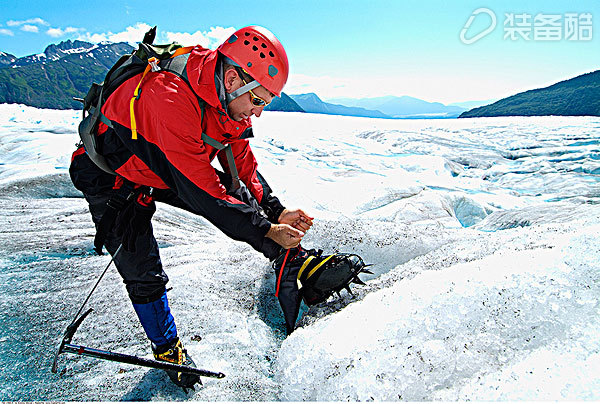
Ice climbing considerations
Do not use excessive force when you place the ice sheet on the ice, and do not shake it because it will crack the ice and affect its stability. When kicking your feet, use force to keep the tip of the ice claw firmly on the ice. Whether it can make ice claws stick to the ice surface is related to the stability of the body and the quality of climbing.

||Climbing ice technology
French technology
French ice climbing is a large hail climbing, using the "two-point support, a little movement" technology, that is, use one foot or a hail to support the body, move the other foot or hail, this technology requires a relatively high , and this method is not applicable when the ice slope exceeds 60 degrees.
German technology
This is a safer way to climb ice. It uses two small hailstones that alternately ascend or descend into ice and snow slopes, similar to the rock climbing method, ie, "fixed at three points, moving at one point." Most ice climbers now use this technique and are suitable for climbing ice walls with slopes greater than 60 degrees and less than 90 degrees.
||Climbing Tips
Grab: Grab the raised part of the rock with your hand.
æŠ æŠ æŠ : Grab the corners, crevices, and edges of the rock by hand.
Pull: On the premise of grasping the front upper fulcrum, the arm is attached to the rock wall, grabs the stone seam, and pulls the pull-up upwards.
Support: Use steps, crevices, or other terrain to move the body upwards or to the left and right with arms and arms.
Push: Use the force of the arm to move the body by using the rock mass or object on the side, below.
Swelling: Put your hand into the crevice and bend it with your palm or your fingers. Use this as a fulcrum to grab the gap in the rock and move your body.
蹬 蹬 蹬 蹬 蹬 蹬 蹬 蹬 蹬 蹬 蹬 蹬 蹬 蹬 蹬 蹬 蹬 蹬 蹬 蹬 蹬 蹬 蹬 蹬 蹬 蹬 蹬 蹬 蹬 蹬 蹬 蹬 蹬 蹬 蹬 蹬 蹬 蹬 蹬 蹬 蹬 蹬 蹬 蹬 蹬 蹬 蹬 蹬 蹬 蹬 蹬 蹬 蹬 蹬 蹬 蹬 蹬 蹬 蹬 蹬 蹬 蹬 蹬 蹬 蹬 蹬
Cross: Use its own flexibility to avoid difficulties and seek favorable support points.
Hanging: Hang the rock with a toe or heel to maintain balance and move the body.
Stepping: Use the fulcrum on the front foot to lower the burden on the upper limb and move the body.
There are three major technologies involved in ice climbing: protection point settings, climbing, and protection.
||Climbing ice level
The difficulty of ice climbing is determined by the first climb of an experienced climber, whose reference is a permanent alpine climbing route that does not change with season and time. The traditional difficulty classification uses the Scottish difficulty system and is divided into 7 levels:
Level 1 Difficulty: Shorter climbing routes, moderately difficult ice slopes, slopes below 50 degrees.
Level 2 Difficulty: The climbing route is longer and the snow and ice slope is greater than 50 degrees. In some places there is ice, snow or rock canal.
Level 3 Difficulty: The climbing route is longer and the slope in some places is close to 90 degrees.
Difficulty Level 4: The 90-degree vertical ice climbing route is long and difficult to climb. There may also be mixed climbing in some locations.
Level 5 Difficulty: The climbing route is very long. It is almost full of 90-degree vertical ice walls. There are many difficult places. There are many mixed terrains.
Level 6 Difficulties: Extremely long climbing routes and most of them are permanent alpine ice walls and mixed climbing, especially difficult.
Level 7 Difficulties: High-altitude mountains such as the Himalayas and remote areas unattended. The climbing route is long, climbing difficulty and danger are very large.
The next day, Xiao Bian will comprehensively analyze the ice climbing campaign, so stay tuned!

Electric Operating Table Adopt Famous brand JIECHANG electric push rod as the power source for the operation tables. Operation beds adopt medical grade 304# full stainless steel materials; Full set of micro electric control system for ot table with low noise, overload protection, safty reliablity; TheElectric Operating Table entire table of operating table can move forward and backward to realize full position C-arm and X-ray radiography.
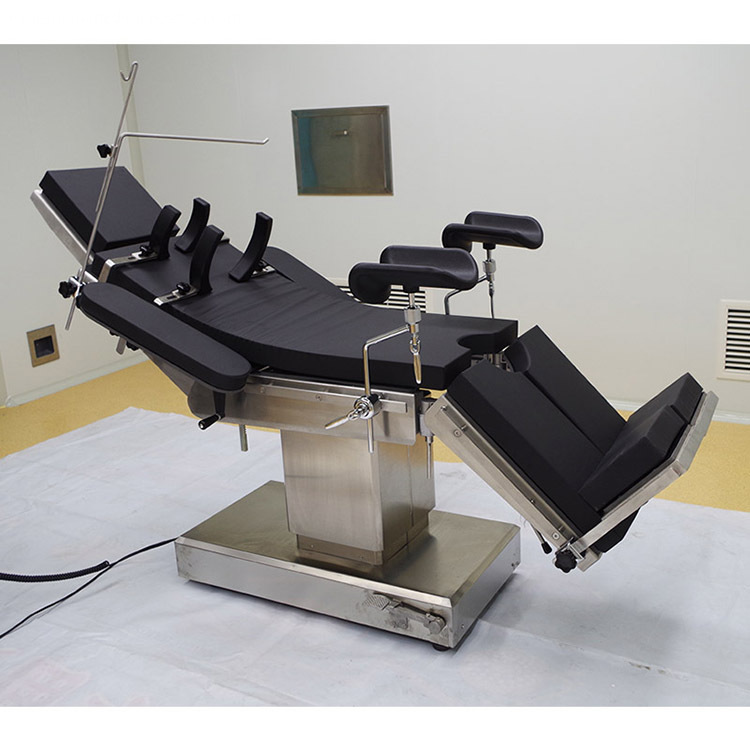
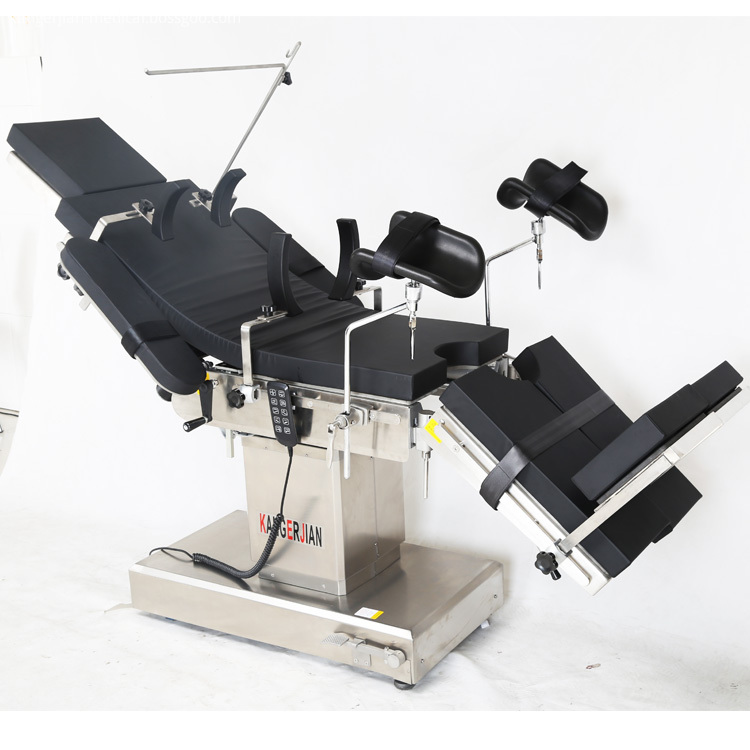
Operating Table,Surgical Table,Surgery Table,Surgical Operation Table
Shandong qufu healthyou Medical Technology co.,Ltd , https://www.kangerjianmedical.com